
The visual arts are a very important part of any civilisation. A flourishing visual arts scene is indicative of a society in which people think and ponder over their issues, problems, hopes and desires. A thriving visual arts industry also signifies the self-reflection in society. No wonder then that the cradle of South Asian nationalism, Bengal, has always had a remarkable visual arts industry with people such as Satyajit Ray garnering international fame.
In Pakistan, the political repression of the Zia era meant that the arts discussed issues from a social and satirical perspective. Pakistani films and television shows ventured out of the usual romantic tales and explored a variety of topics ranging from the lives of women in society — as mothers, daughters and wives — to issues about child custody after divorce, second marriages, drugs, violence, and other such themes. Therefore, through the medium of the visual arts, important issues were being highlighted and so, to an extent, these dramas and films had an educative effect in identifying and illustrating problems. The visual arts also played a socially cohesive role. Everyone from a general to a factory worker saw the timeless PTV dramas, and people from all walks of life thronged to the cinemas to watch the latest hit movie. The role of the visual arts in entertaining, educating and bringing people together cannot be overestimated.
I am no film specialist, but my recent visit to the Bari Studio, once a thriving centre of film production, and a meeting with film star Shabnam, made me think about these issues. It was almost heartbreaking to see the derelict and forlorn studio. The studio consists of a labyrinth of big sets, where everything from a prison cell to a beautiful garden, can be depicted. Several old sets still remain, but today hardly anyone uses or even visits them. The studio is now a relic of an age when Lollywood was a flourishing film industry with scores of hit releases each year.
Conversing with Shabnam made me think of her super hit film Aina, which is a classic tale about two lovers from different social classes and their struggle to be with each other. Released in 1977 during the time of labour unrest, and especially following the 1972 labour strikes, Aina was as much a love story as it was a criticism of the sharpening class divide. Its closing scene, in which Rita (Shabnam) slaps her father, and where her mother says: ‘you have not slapped your father, but the mentality that believes in differences between the poor and the rich’ is poignant. With such a powerful message, it is no wonder that Aina still has the record of being the longest running film in Pakistani history, managing to be on the screen for 401 weeks — more than seven years!
Shabnam’s visit to Pakistan and the reception she received, even from people who were born years after she left the film industry, shows that there is still a healthy appetite for good films and good acting in the country. Sharmeen Obaid-Chinoy’s success at the Oscars is another indication that good work can still be done in Pakistan. Films provide a mirror into society, as well as a channel for reflection and criticism, and therefore, at this difficult time we must revive the Pakistani film industry and become a society with a pulse again.
Published in The Express Tribune, May 8th, 2012.
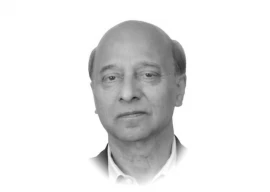



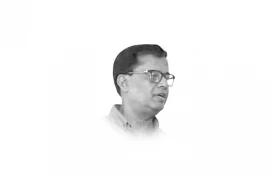





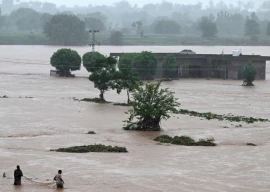

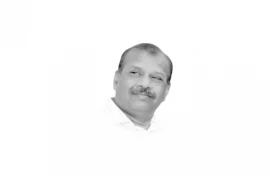
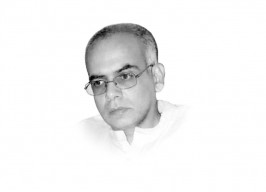
COMMENTS
Comments are moderated and generally will be posted if they are on-topic and not abusive.
For more information, please see our Comments FAQ